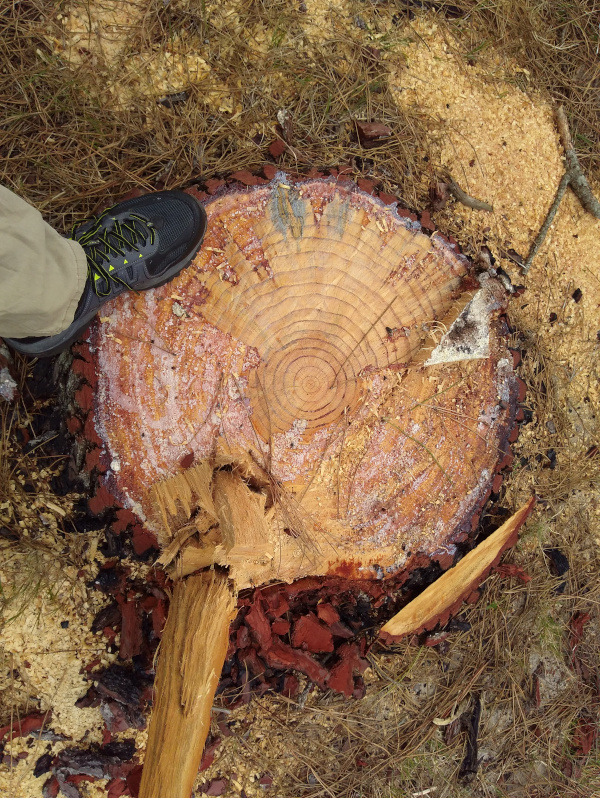
Time has told. Despite the tree now posing no threat, they arrived early this morning to destroy it. Why, I asked. Because orders.

And so, just like that, the end of a tree that sprouted around 1936.
An inquisitive old fart with a camera

Time has told. Despite the tree now posing no threat, they arrived early this morning to destroy it. Why, I asked. Because orders.

And so, just like that, the end of a tree that sprouted around 1936.
Our neighbor had requested the removal of a dry, dead tree for four years. Yesterday they showed up and removed it (was to the right, half the height of this one) then started cutting branches off this beast. I can’t remember how many times over the years that I heard of a storm approaching, and photographed this tree, expecting to see it on the ground the next day. It had two parrot nests. No parrots were harmed, but a few of them flew around afterwards, squawking loudly (as they always do anyway).
Now that the wind resistance is drastically reduced, the tree should be no threat. Does that mean they’re through with it? Time will tell.

Somebody who obviously doesn’t have a chainsaw has decided that the tree that fell six weeks ago is now their property. Couple days ago a woman, presumably from the house behind, was scrawling on them with a piece of charcoal NO TOCAR LA LEÑA.
Don’t touch the firewood. Long-dead pine that will probably burn like cardboard. OK lady, it’s a deal.

Long expected, this huge dead tree went down in a windstorm last week, taking with it a parrot nest. I saw one dead parrot, and of course there could be several more.

The tree had a double trunk. One side fell on one side of the power pole, and one side on the other. But the power line was still there! How was that possible?
It took us an embarrassingly long time to figure out that the power company had already been out to repair the line: note the shiny new clamps on the darker pole….

The rest of the harvest from my strange volunteer hybrid squash plants that grew out of a non-compost bin.


The crazy plant: I took a picture when it was almost the height of the fencing. It was very pretty, very symmetrical. Then it reached my height, and then the gutter, and then some of the branches fell over. Their ends then turned skyward and kept growing.
I suppose I should get rid of it, but instead I’m amazed by it, growing out of a tiny bit of sand that rarely gets water.

Around the corner from us.

Several months ago, we were quite dismayed to find loggers destroying a significant number of trees (and hence shade) where we walk dogs. I just ran across this photo I took, illustrating why it’s less dismaying than it might seem. My shoe is size 13 (45), so that stump grew from nothing to 24″ (61 cm) in 18 years.
In a wonderful book The Hidden Life of Trees, the author tells of doing a core sample of a spruce sapling, the width of this thumb (say, the first two rings) and about a meter tall. He was astounded to discover it was 80 years old!
So the trees will be back, as long as people stop setting fires.
It is widely accepted now that the last big fire was the work of an arsonist.

Spotted on the dog walk today.